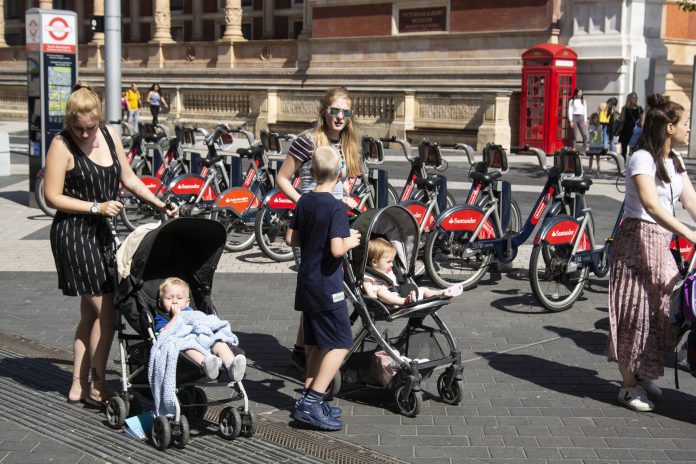Researchers from The University of Manchester, Salford Royal and Res Consortium prove that over 25% of the UK are likely to have contracted COVID-19 already
Lockdown has been implemented since 23 March, with some ambiguous relaxation of measures happening within in the UK from 13 May. There have been over 230,000 cases in the UK that are known. What about the further impact of asymptomatic carriers, who may have passed the disease onto the careful?
How can we know how many people have experienced COVID-19 across the UK, without fatality?
In this new research, scientists have access to local authority data that has enabled a rigorous review of the UK.
How did scientists figure out it was 25% of the UK?
The study is published this week in the International Journal of Clinical Practice. It is the first to use the published local authority data to assess the overall experience of COVID-19 for everyone, based on geographic location, since this whole pandemic begun.
This has enabled them to calculate the R-value (the number of people infected by one person with COVID-19) within each local authority area. The published case data from the 144 Local Authorities analysed by the team now gives an R value of well below 1.
The value – which was over 3 at the start of the outbreak in the middle of March 2020 – fell as a consequence of social distancing combined with the natural consequences of cumulative community infection.
Daily reported cases peaked at the beginning of April 2020 and hospital deaths a week later in England. By the second half of April, based on extrapolating the variation in infection rate between local authorities with more or less cases reported depending on location, over 25% in the UK population could already have had the virus, the team have found.
Scientists say: Use this data to improve the NHS
Mike Stedman from Res Consortium who carried out the data analysis said:
“Using our experience working with the NHS on improving patient services, we conducted this work in our own time as we felt we could make a valuable contribution to the public and policy makers by calculating the progression in the local and national daily infection rate.
“The figures are not perfect, with the numbers of severely ill patients as a proportion of the total cases being used as a market for estimates of wider infection.
“Only extensive antibody testing could give us a more accurate picture – but as that is only just becoming available, we believe this form of modelling is important in informing the best approach to unlocking the population.”
The effectiveness of social distancing
Dr Adrian Heald from The University of Manchester, one of the researchers, said:
“COVID-19 is a highly infectious condition and very dangerous for a small group of people. However a much larger group seem to have low or no symptoms and have been unreported.
“This study tries to provide an estimate of the number of historic infections – and gives us all a glimmer of hope that there may be light at the end of the tunnel. We show how effective Social Distancing and Lockdown has been. Though this is a tragedy, it could have been far worse”.
The Consultant Physician in Diabetes and Endocrinology at Salford Royal NHS Foundation Trust, part of the Northern Care Alliance NHS Group, added:
“We also demonstrate that like any virus, COVID-19 has taken its natural course and infected a significant percentage of the UK population. The more people that are exposed to this – or any – virus, the less easy it is for further transmission to occur.
“Government policy can only moderate the impact using measures like widespread testing, social distancing and personal protective equipment. The social and economic impacts of Lockdown have been very difficult, but we believe this analysis may aid policy makers in a smoother transition to reducing social containment and sustainably managing the COVID-19 disease.
“This will allow policy makers to avoid a ‘one size fits all’ approach to pandemic policy, which does not consider the variation in both infection rates and impact across localities.”
Dr Heald and Mike Stedman argue that incremental lifting of current social restrictions as soon as possible is vital to minimise further damage to the economy and the impact of prolonged social containment.
However, they add, this must be balanced against containing the current pandemic and minimising future waves of infection.











